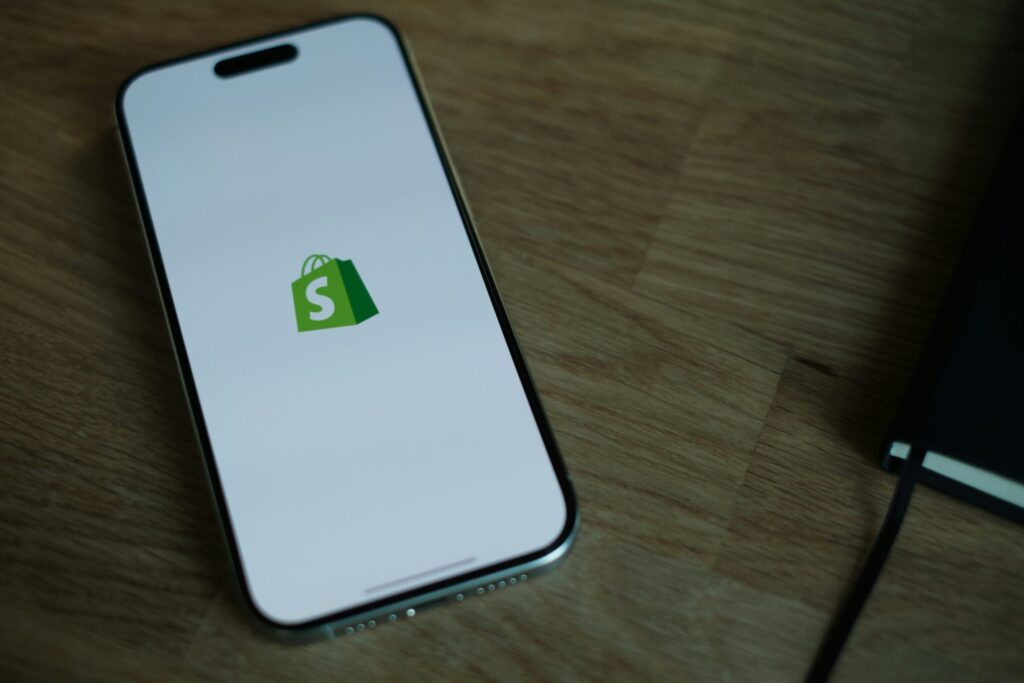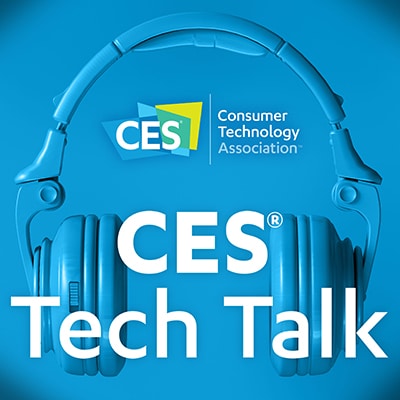
The internet can make anything viral—but sometimes those jokes turn into real products you can buy. Here are 5 Shopify-born brands that went from meme-worthy to must-have, bringing culture, style, and fun straight to your doorstep. Many of these founders leaned heavily on smart branding, creator momentum, and strong seo for shopify stores to get early traction before their products went mainstream.
1. Liquid Death
What started as a parody of energy-drink marketing has grown into a $1.4 billion sensation. Liquid Death launched in 2019 as a direct-to-consumer brand, built around the idea that water could be marketed with the same intensity as alcohol and energy drinks. Founder Mike Cessario noticed that concert-goers often drank water out of energy cans to look “cool,” which sparked the exaggerated “murder your thirst” concept. The tallboy aesthetic and death-metal-inspired branding immediately separated it from a category where products look nearly identical.
The company scaled fast by leaning into irreverent ads, creator partnerships, and intentionally over-the-top humor. This approach helped transform canned water into a cultural object that people wanted to photograph, share, and display. As demand grew, Liquid Death expanded into retail chains across the U.S., capitalizing on its cult following and limited-edition flavors. Its success became a case study in how storytelling, art direction, and community can make even the simplest product feel brand-new.
2. Feastables
Feastables launched in 2022 as a creator-led snack brand from YouTuber MrBeast, who used his massive online audience to immediately drive demand. The early products—MrBeast Bars—were tied to viral challenges, reward codes, and sweepstakes that turned every purchase into a moment of participation. The brand quickly stood out by using a Shopify-driven backend that could handle high-volume drops and integrate tightly with content posted across MrBeast’s channels.
Beyond hype, Feastables positioned itself around cleaner ingredients, simple formulations, and ethical sourcing. The brand invested heavily in packaging, flavor innovation, and physical retail placement, moving from a strictly online operation to national distribution in major grocery chains. Because it constantly refreshes flavors and collaborations, Feastables maintains the sense of discovery that originally fueled its rise online.
3. Chamberlain Coffee
Chamberlain Coffee launched in 2019 as Emma Chamberlain’s effort to create a coffee brand that reflected her personal aesthetic and community. The initial Shopify storefront leaned into colorful, cozy packaging and seasonal blends, creating an online coffee shop that felt more like a lifestyle extension than a standard e-commerce brand. Everything—from the names of the blends to the illustrated characters—was designed to match the inviting, slightly whimsical world Emma built through her content.
The brand later expanded beyond DTC, securing shelf space at Whole Foods, Walmart, and other retailers while releasing ready-to-drink cans, matcha, accessories, and merch. Chamberlain Coffee’s growth is rooted in community loyalty, but also in strong product development and consistent brand identity. It occupies a unique lane: premium enough to appeal to coffee enthusiasts, yet friendly and fun enough for casual drinkers discovering their first “cool” coffee brand.
4. Starface
Starface debuted in 2019 with the simple idea that acne care shouldn’t be something people hide. The brand’s yellow star-shaped hydrocolloid patches flipped the usual skincare narrative by turning blemish treatment into something expressive and fun. Early adopters on TikTok and Instagram helped push the patches into the spotlight, celebrating them as a form of self-acceptance instead of something to be embarrassed about.
With viral momentum behind it, Starface expanded into collaborations with major pop-culture icons like Hello Kitty and SpongeBob, reinforcing its position as a culture-first skincare brand. Its bright packaging, approachable tone, and emphasis on mental health made it a favorite among Gen Z shoppers. Starface became proof that a playful design choice, paired with a good product and strong community feedback loop, can transform a niche skincare item into a mainstream phenomenon.
5. Poppi
Poppi began in 2015 in a Dallas kitchen, originally under the name Mother Beverage, when founder Allison Ellsworth started experimenting with apple cider vinegar drinks to improve her gut health. After a successful appearance on Shark Tank, the brand rebranded to Poppi and refined its formula into a more approachable, fruit-forward prebiotic soda. The bright cans and clean ingredients resonated with wellness-curious shoppers looking for soda alternatives that didn’t feel medicinal.
As wellness culture boomed on TikTok, Poppi’s aesthetic and flavor lineup made it easy to share, recommend, and style within creator content. The company rapidly expanded into national retailers and crossed the $100 million revenue mark before being acquired by PepsiCo in 2025. Poppi’s rise shows how a small, functional beverage can break into the mainstream when the branding, timing, and online momentum all click.
Last modified: November 6, 2025







